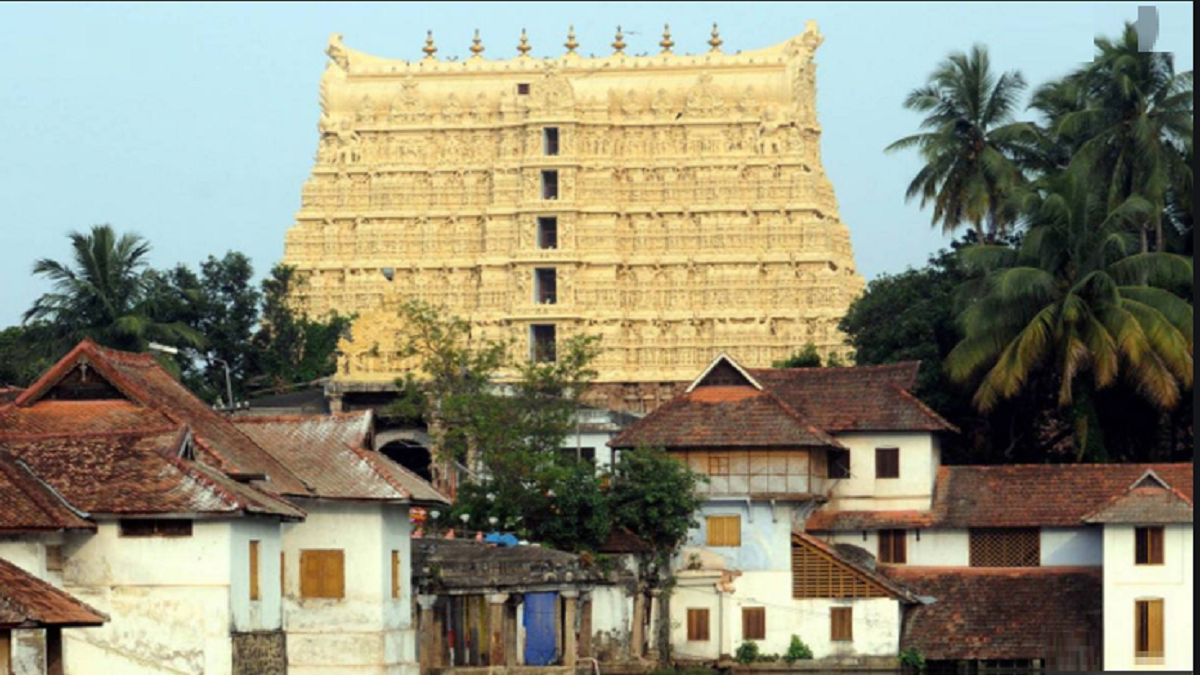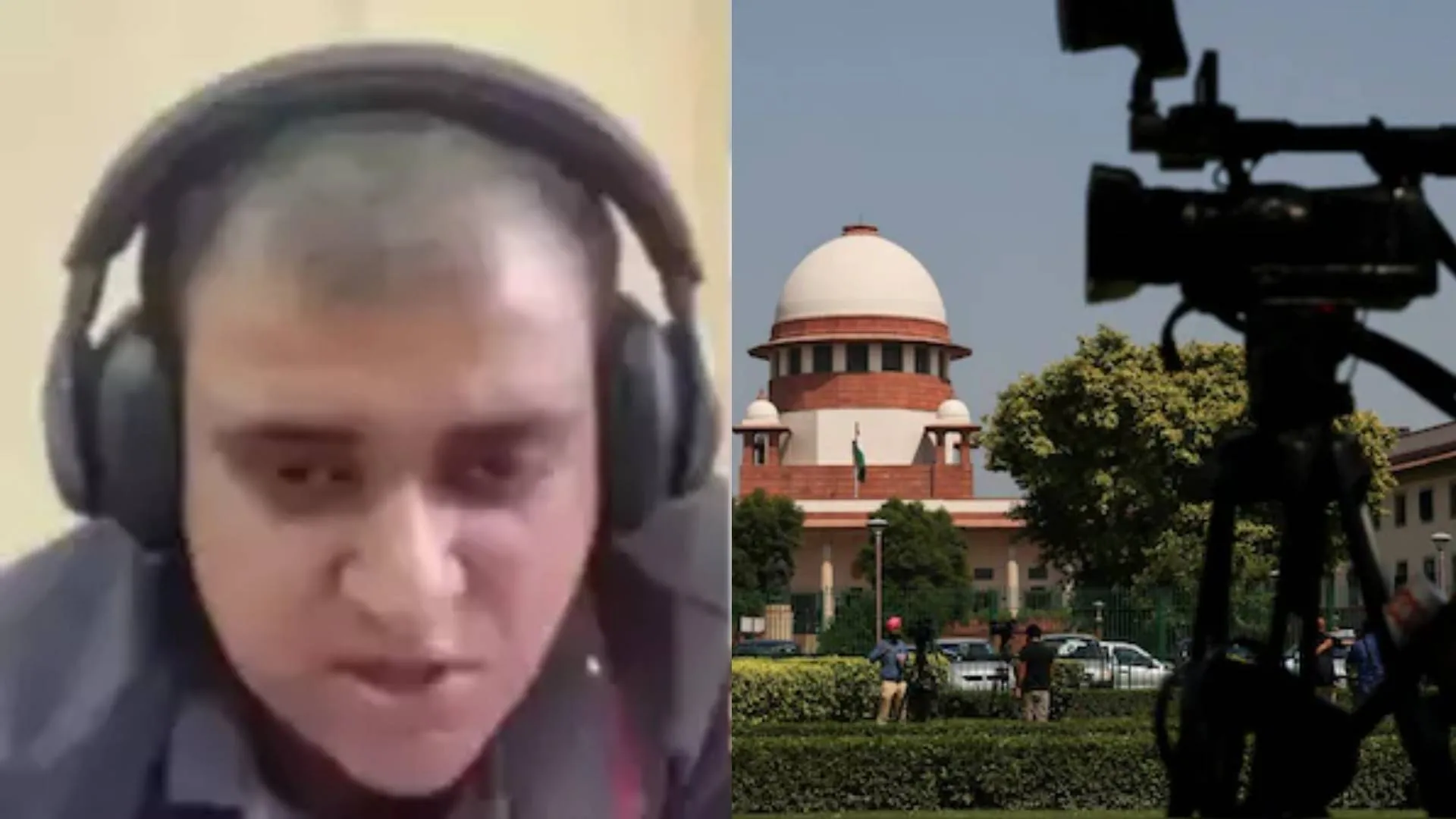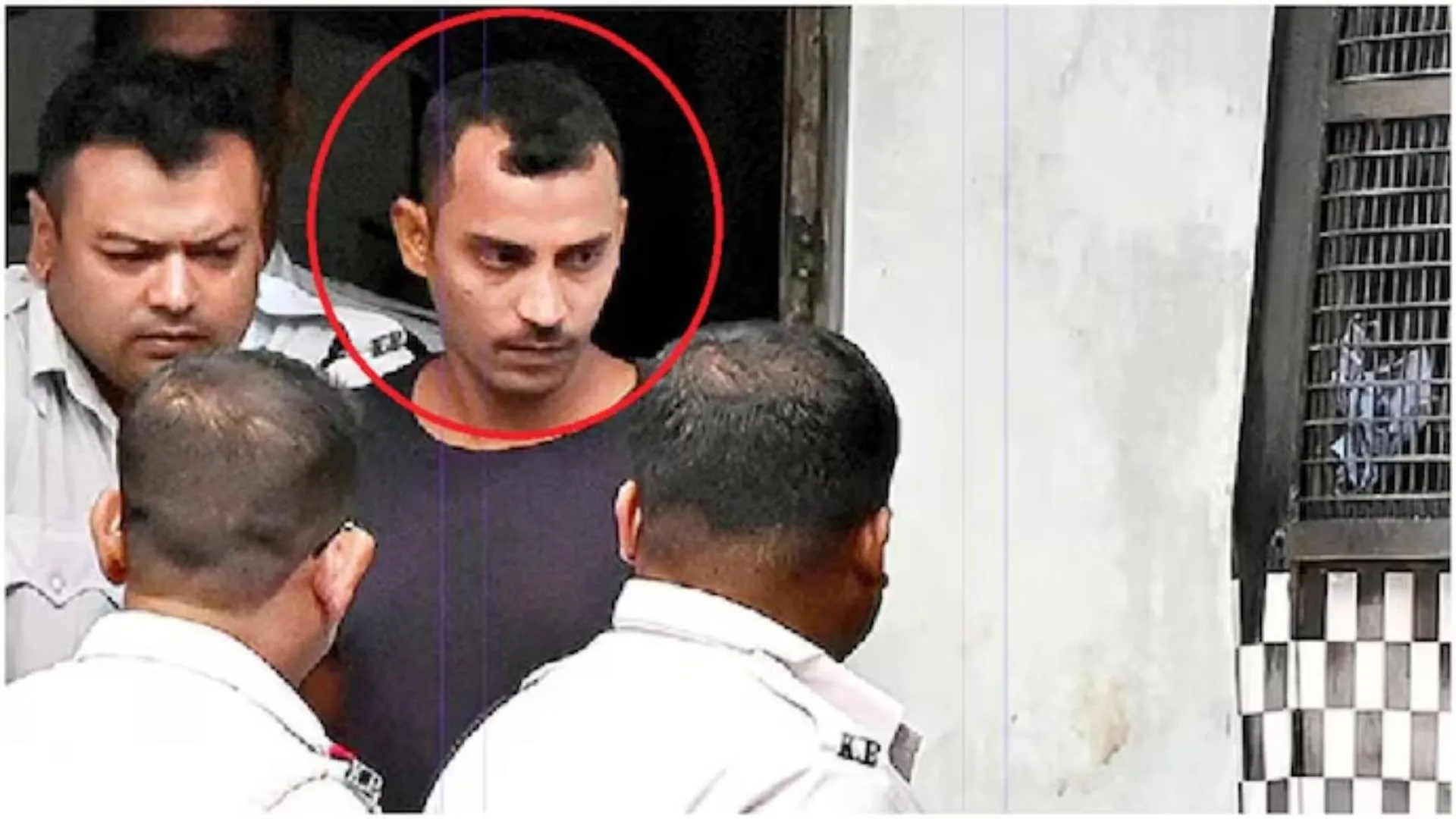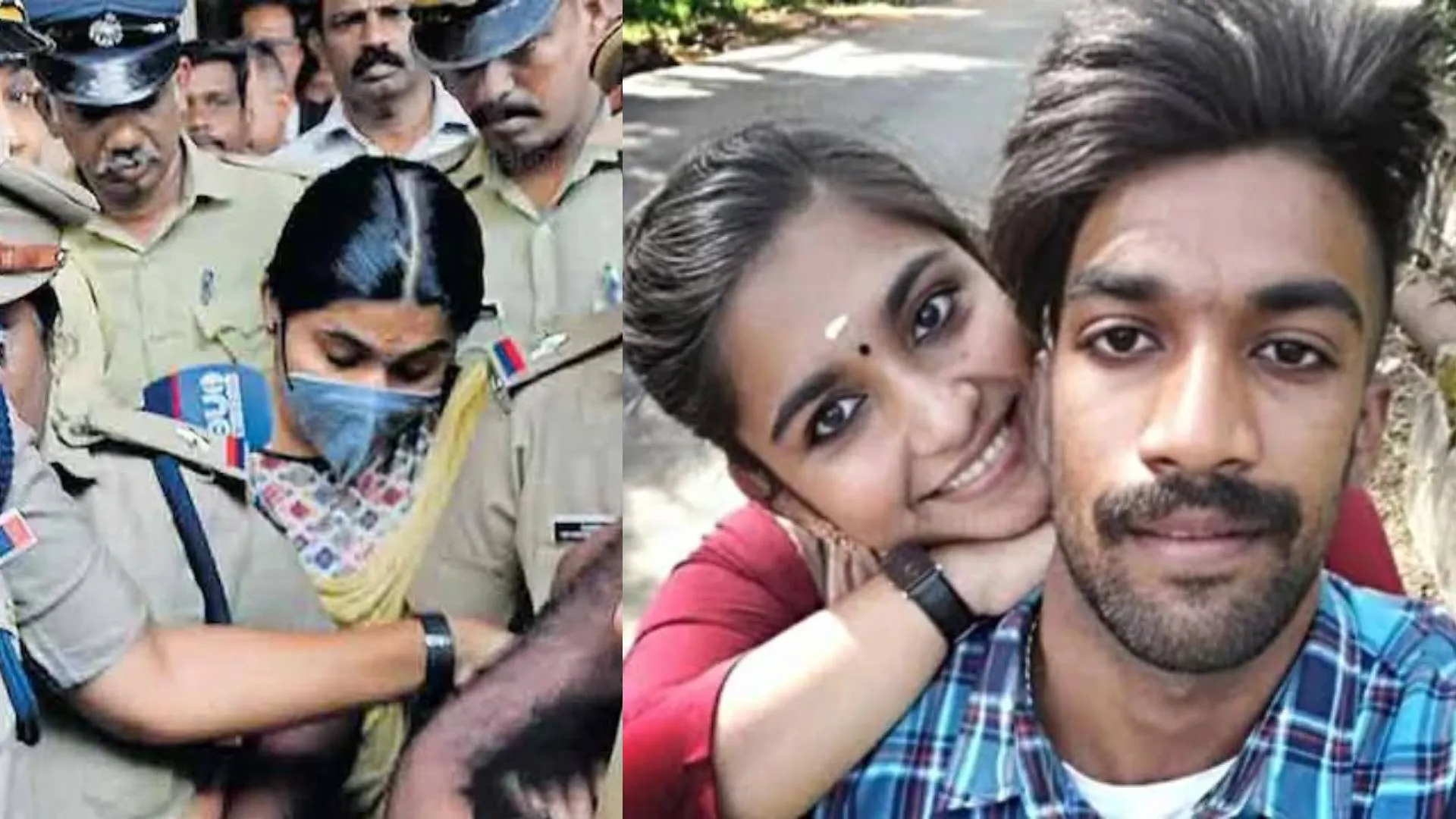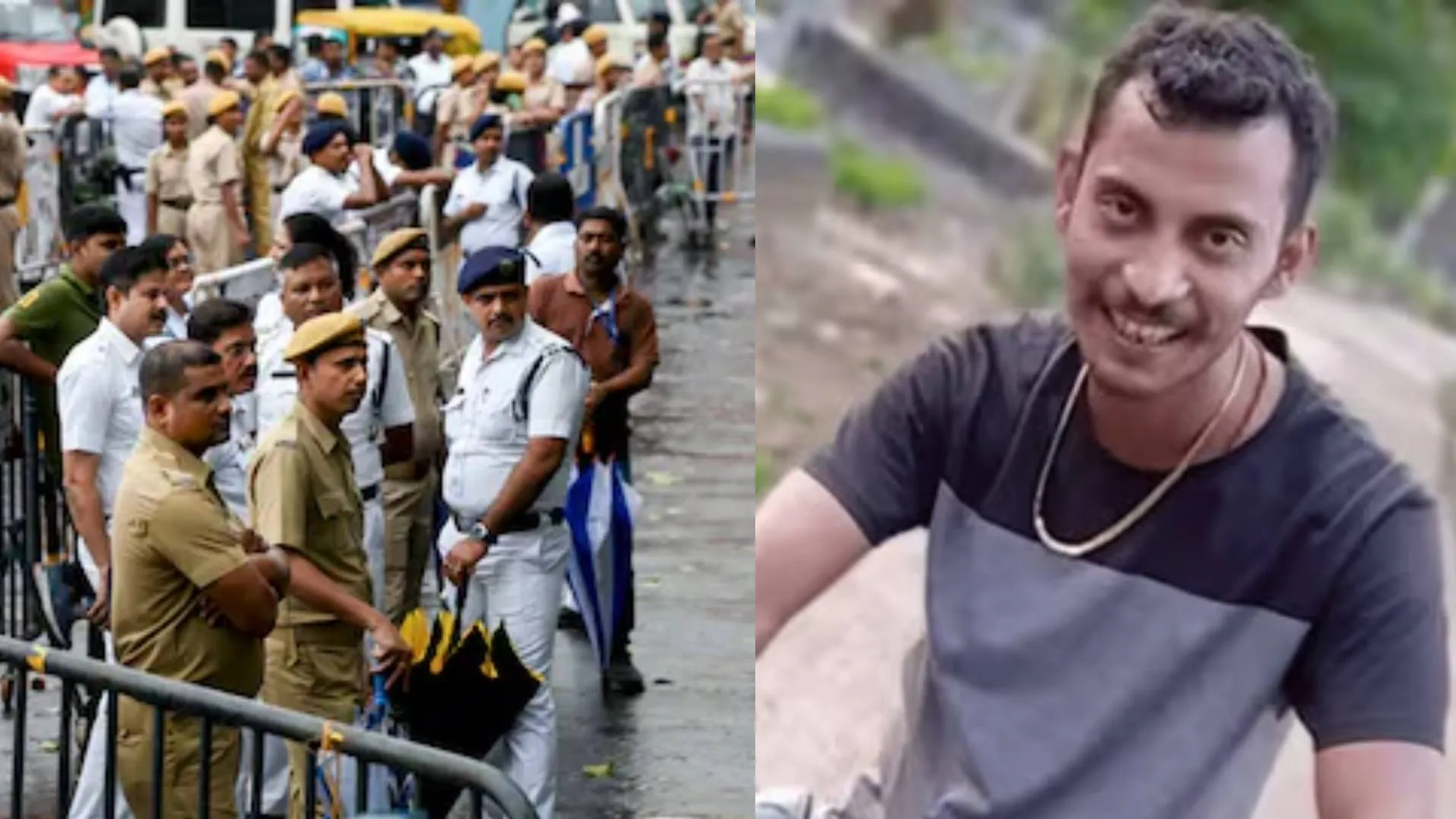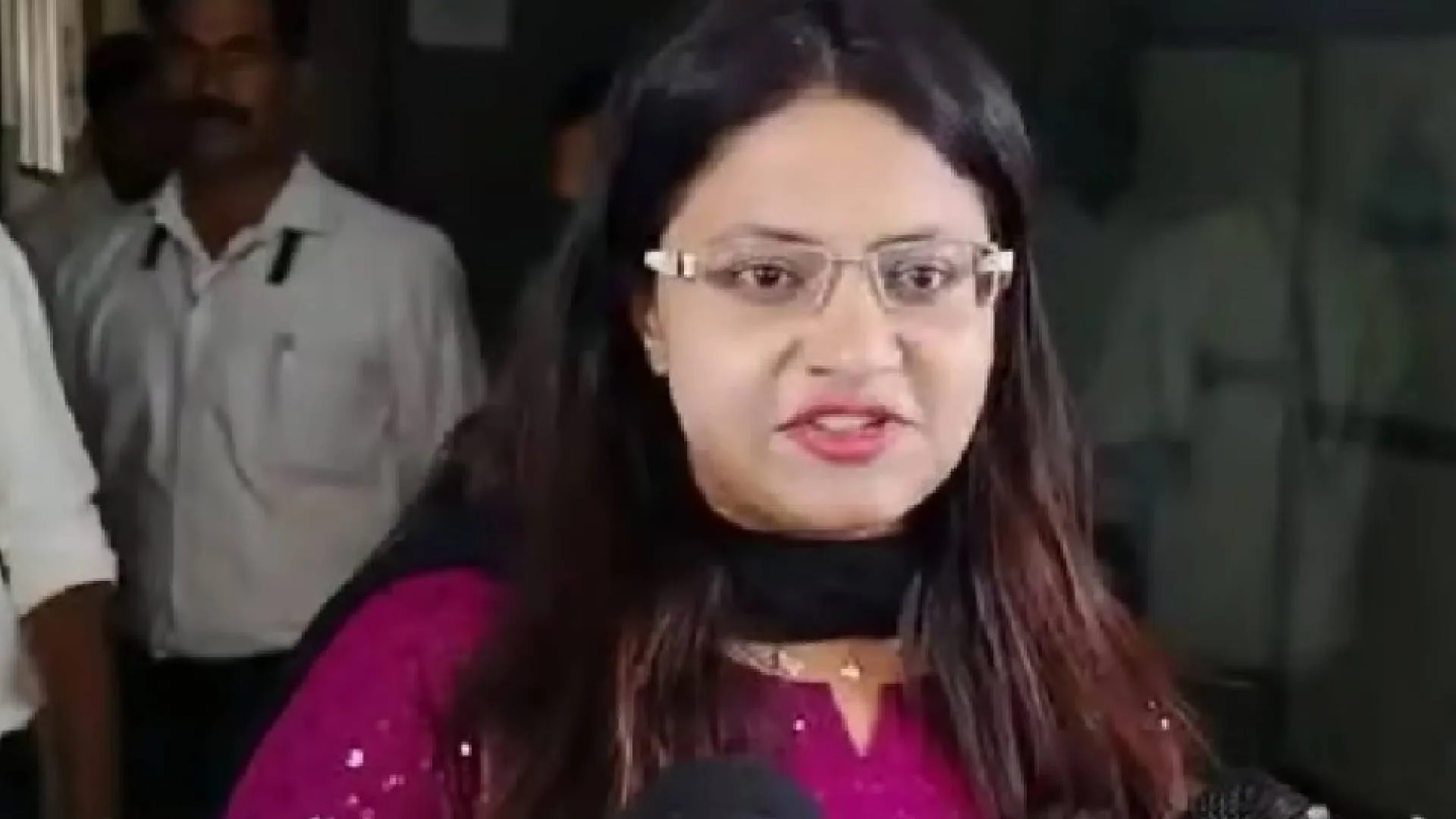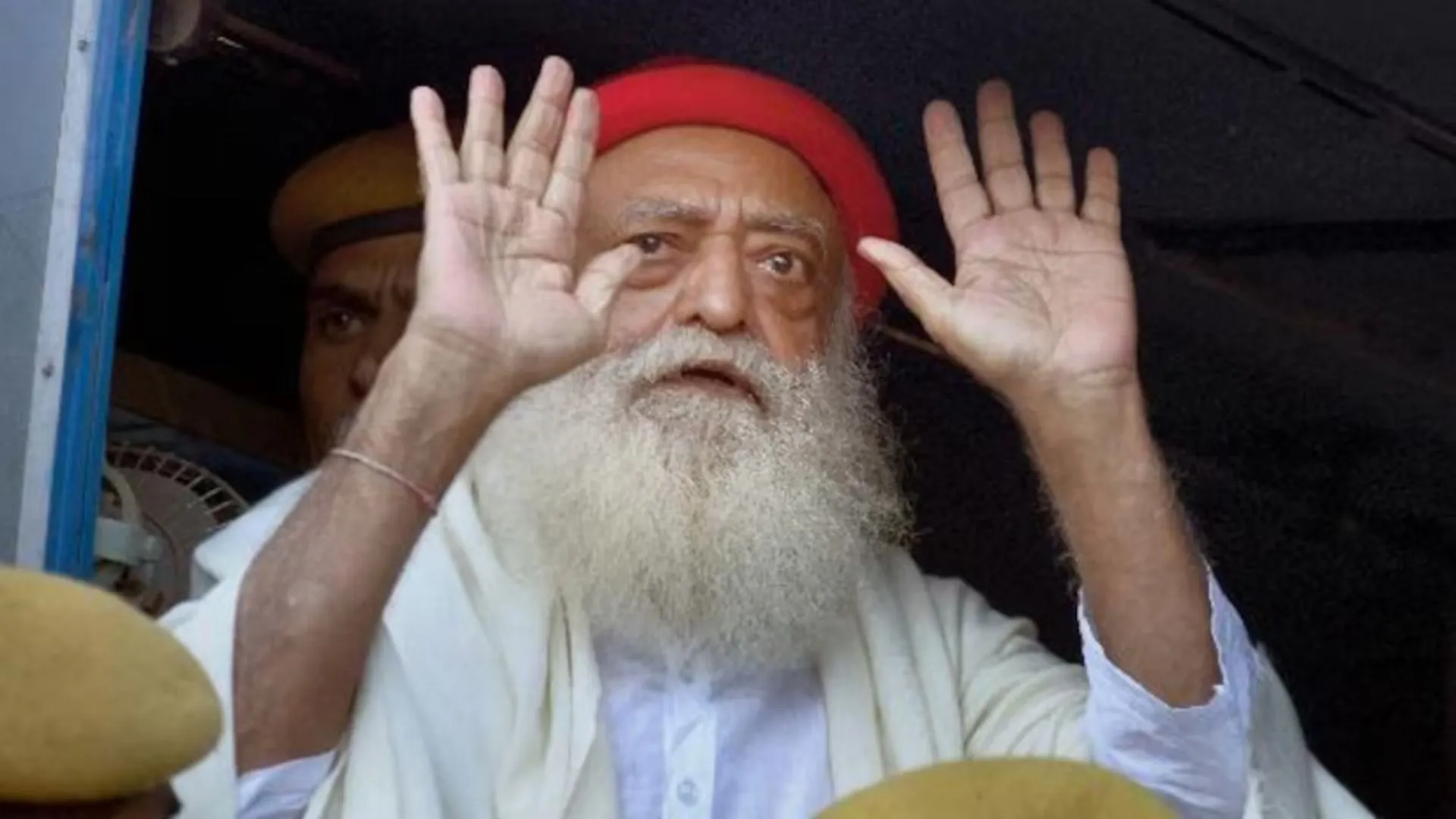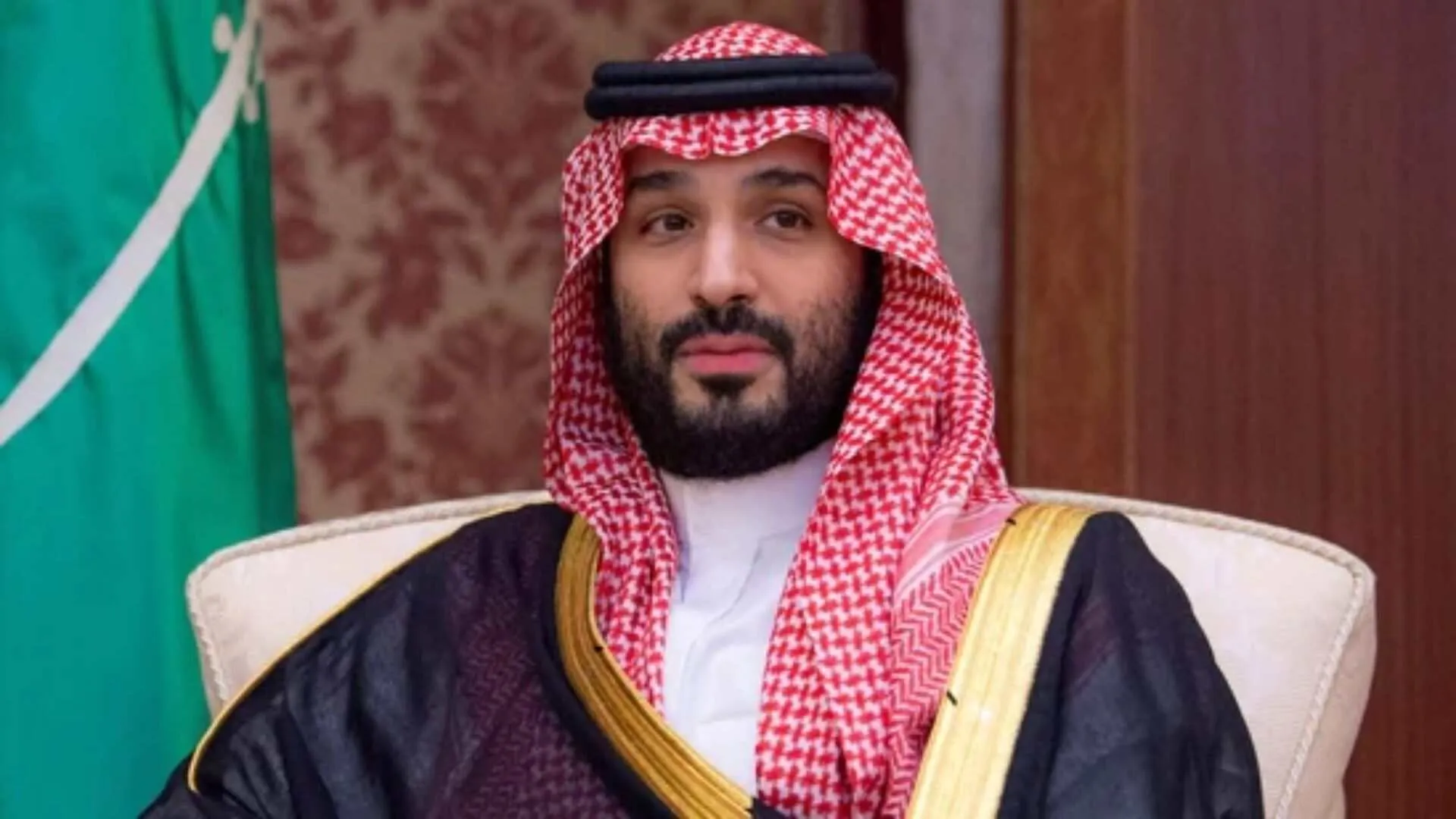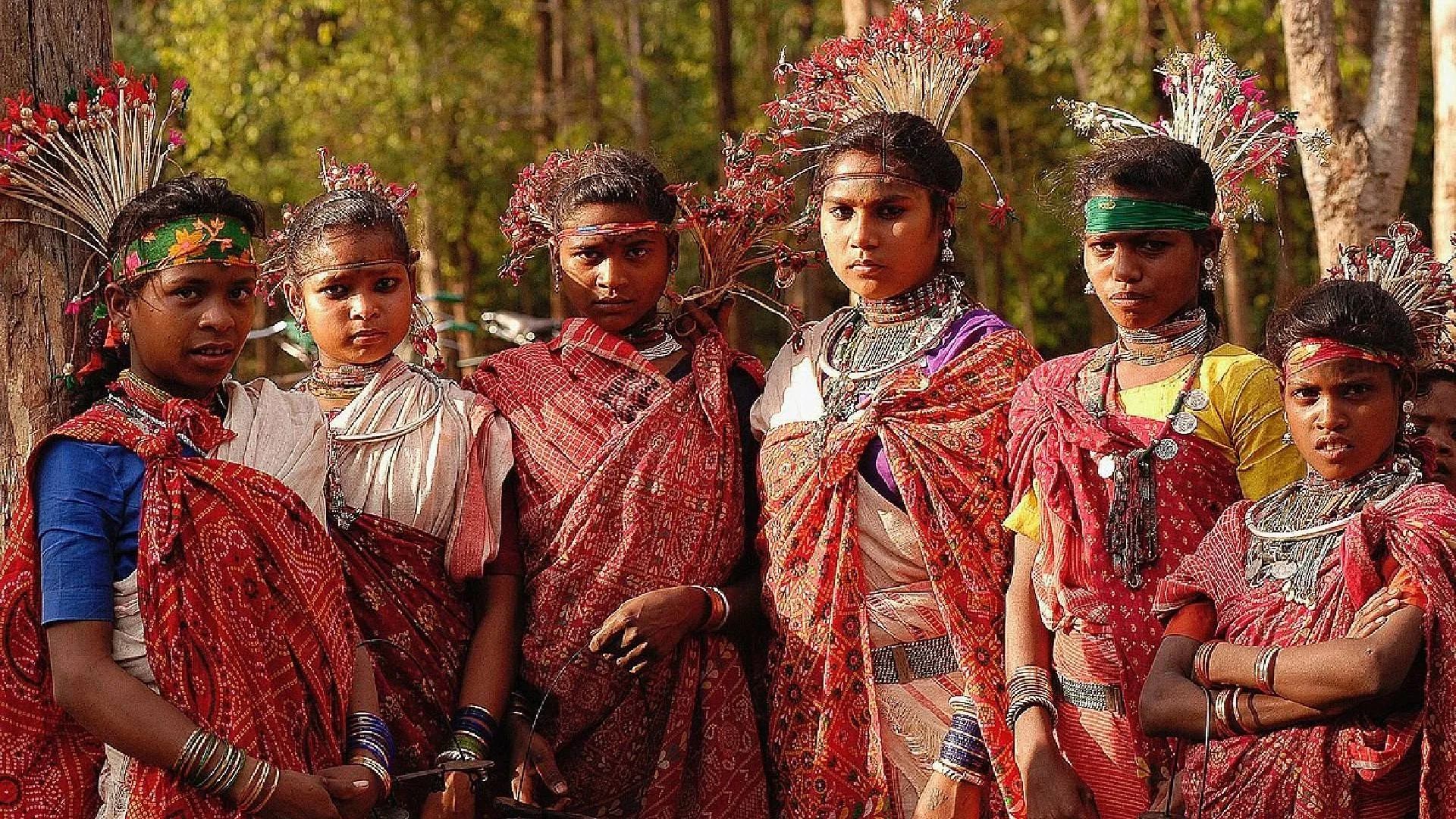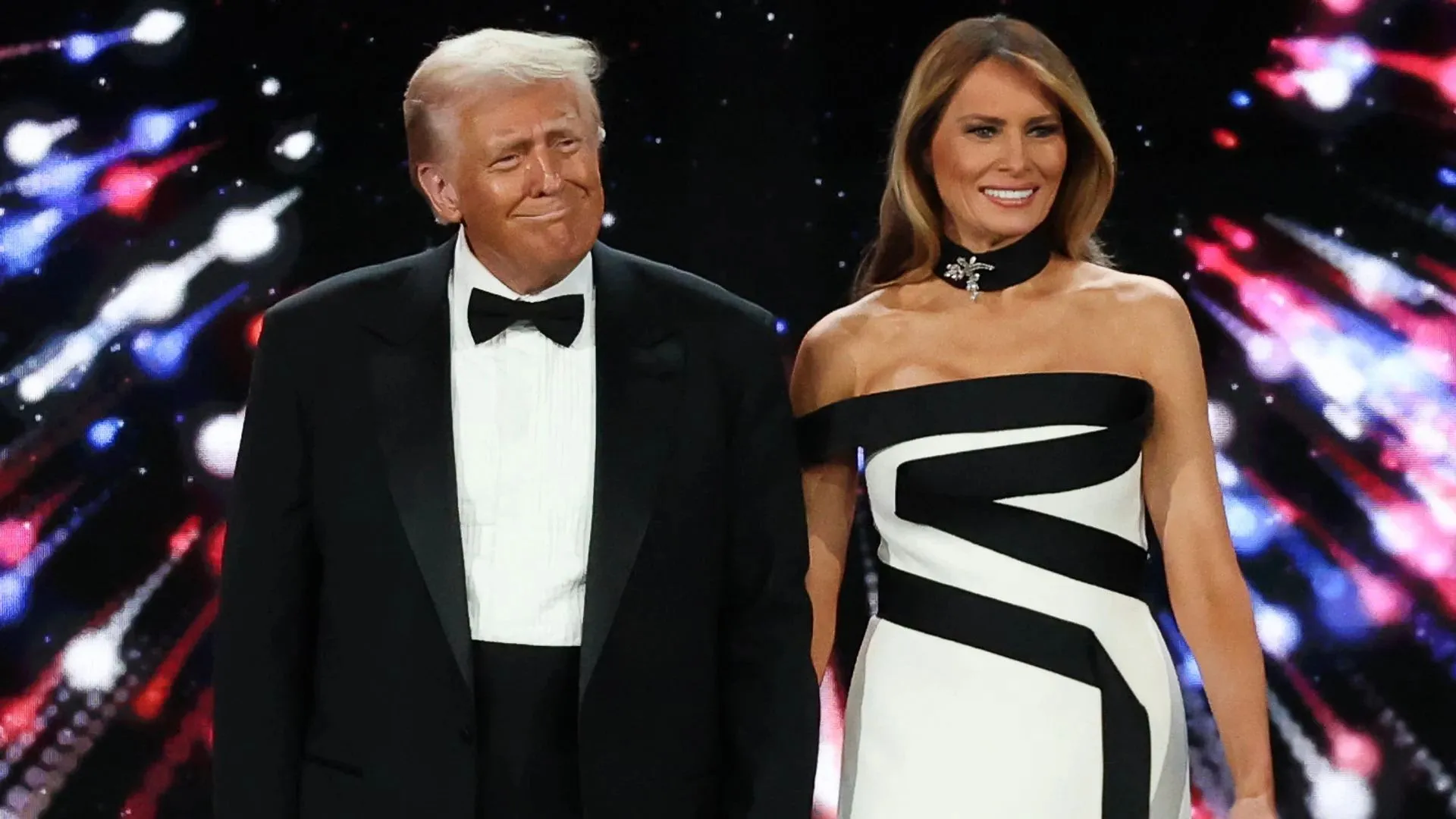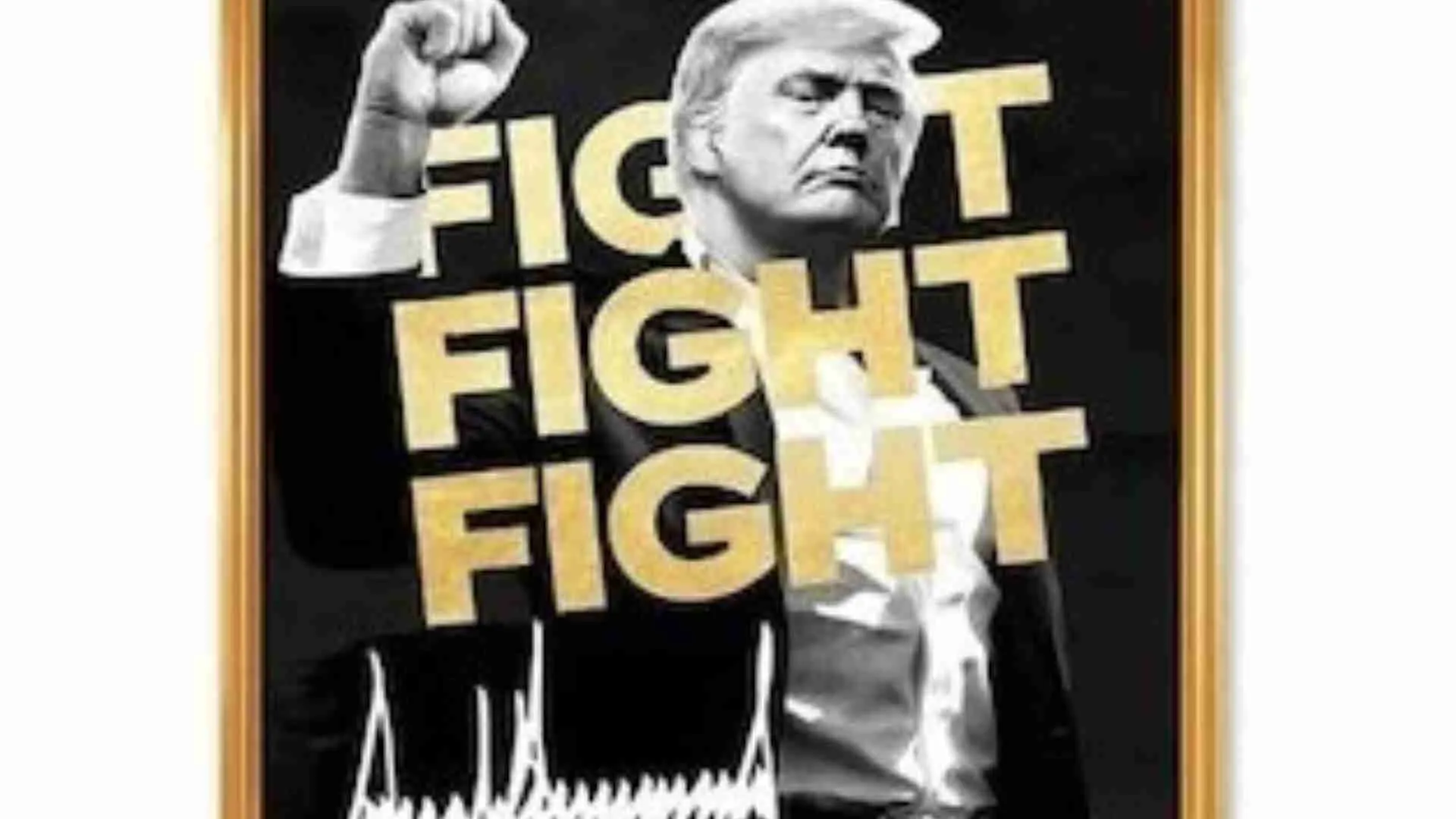Five days ago, on July 13th, a Bench of the Supreme Court comprising Justice U.U.Lalit and Justice Indu Malhotra pronounced the verdict in the Sree Padmanabhaswamy Temple case, which was pending before it since 2011. The 218-page verdict has finally put to rest all the unnecessary controversy surrounding the worldrenowned Temple which is the object of worship and reverence for millions of devotees of the Presiding Deity the world over. The Temple and the Travancore Royal Family, which have been in the news for all the wrong reasons, stand vindicated by the judgement of the Apex Court which has restored the control and management of the Temple and all its assets to the titular head of the Family. This was the result of a detailed analysis of the nature of relationship between the Temple and the Head of the Family (“Ruler”).
The relationship itself makes for an extremely interesting study not just from a religious or a legal perspective, but also from a civilizational perspective because it informs us of the pride of place given to places of worship in and by the civilization of this ancient land and its rulers. Since unfortunately neither the Indian State nor schools nor families have either the intent or awareness of these fundamental underpinnings of Bharat, the judgement of the Supreme Court could perhaps serve as a catalyst to start a discussion on such issues. In fact, a comparison between the verdict of the Kerala High Court of January 30, 2011 in the very same case which resulted in the matter reaching the Supreme Court, and the current outcome itself speaks volumes of the identity crisis faced by the Bharatiya/Indic civilization.
The histories of the Sree Padmanabhaswamy Temple and the erstwhile Travancore Princely State are inextricably intertwined, so much so that the Deity of the Temple was treated as the Ruler of the Princely State thanks to the dedication of the Kingdom of Travancore in January 1750 to the Deity by its legendary ruler Sree Anizham Thirunal Marthanda Varma. This author, who represented the Chief Thantri (Priest) of the Temple and devotee organizations as intervenors in the proceedings before the Supreme Court to present their challenge to and grievances with the judgement of the Kerala High Court, had the occasion to place before the Court several Indic sources and colonial records which established the antiquity of the relationship between the Travancore Royal Family and the Temple even before 1750.
These sources attest to the fact that the relationship is traceable to the very founding of the Family and the consecration of the Temple, and at the very least to the dedication of the State to the Deity in 1750 which effectively made the king the vice-regent of the Ruler, namely the Deity, and the king became “a Sree Padmanabhadasa”, an eternal servant of the Deity, the earthly representative of the Deity and a custodian of His Temple and His property. All decisions were taken in the name of the Deity and all covenants and treaties were signed by the king on behalf of the Deity as His Padmanabhadasa. All Royal Proclamations were issued in the name of the Deity who was also referred to as the “Deshanathan” i.e. Lord of the State.
Every successor of Sree Anizham Thirunal Marthanda Varma abided by this tradition, including when the Princely State of Travancore acceded to the Indian Union in 1949 under the stewardship of the then king Sree Chithira Thirunal Balarama Varma who signed the instrument of accession as the Sree Padmanabhadasa. Even after the accession and after the abolition of royal titles and privileges by the 26th amendment to the constitution in 1971, the tradition has continued till date wherein every titular head of the Travancore Royal Family has the prefix Sree Padmanabhadasa before his name, which informs the very identity of the Family and the erstwhile State.
On the Family’s commitment to the Deity and the Temple, Shri V.P.Menon, best known as the Secretary to the Government of India in the Ministry of States under Shri Sardar Vallabhbhai Patel, recorded in his book “The Story of Integration of the Indian States” as follows:
“He (the Maharajah) added that he governed the State on behalf and as a servant of Sri Padmanabha and that he attached great importance to this position being maintained; that if no satisfactory solution on these points was possible, and if the Government of India still insisted on the integration of the two States he would rather abdicate than act against his convictions…. Lastly, he felt that on account of the dedication of the State to Sri Padmanabha and the special loyalty and devotion which the rulers of Travancore owed to that deity, it would not be possible for him to take the usual oath of office as Rajpramukh…. I reached Trivandrum on 21 May and had several meetings with the Maharajah. I told him that, with goodwill on both sides, there was no reason why we should not come to an agreement. The first hurdle was the Maharajah’s inability to take the oath of office as head of the State. The devotion of the present Maharajah to Sri Padmanabha borders on fanaticism; he rules the State not as its head but as a servant of the tutelary deity.
A problem peculiar to Travancore-Cochin related to the properties attached to temples, called Devaswoms. It is necessary to give some explanation of the history of the Devaswoms in each of these States. Travancore had been ruled by an unbroken line of Hindu kings from the earliest times and had retained throughout the centuries its essential character of a Hindu State. The most important temple in this State has always been, and still is, the Sri Padmanabha temple, richly endowed and possessing very extensive landed properties….
I discussed the question with the ministries, as well as with the Maharajah of Travancore. Eventually we came to an agreement by which the annual payment of Rs.51 lakhs made to the temples by the Travancore Government would be continued and out of this amount a sum of Rs.6 lakhs would be contributed annually for the maintenance of the Sri Padmanabha temple.
The most difficult issue related to the administration of this grant. After prolonged discussion it was agreed that the administration of the Sri Padmanabha temple should be conducted under the control and supervision of the Maharajah through an executive officer to be appointed by him. It was decided that there should be a committee of three Hindu members nominated by the Maharajah to advise him; and that one of the three should be nominated on the advice of the Hindu members of the Council of ministers. With regard to the other temples in Travancore, a body to be called the Travancore Devaswom Board would be set up. This Board would consist of three Hindu members, one of whom would be nominated by the Maharajah, one elected by the Hindus among the Council of Ministers and one by the Hindu members of the Legislative Assembly of the Union. …
These decisions were subsequently incorporated in the covenant. Later on, when the Constitution of India was being finalized, a provision was included to safeguard the payment to the temples in Travancore by making it charged and non-votable by the Legislature of the Union.”
These extracts, which the Supreme Court has reproduced in its judgement, make it abundantly clear that the Travancore Royal Family placed such importance on its relationship with the Deity and the Temple that it became perhaps the most important aspect of the negotiations with the Indian Union at the time of the State’s accession. It is precisely as a consequence of these negotiations that Article VIII of the Covenant jointly entered into in May 1949 by the then rulers of the Princely States of Travancore and Cochin with the Indian Union expressly guaranteed to the then Ruler of the Travancore State, Shri Chithira Thirunal Balarama Varma, and his successors the right to control and manage the Sree Padmanabhaswamy Temple.
Pursuant to the said Article VIII of the Covenant, Chapter III (Sections 18-23) of the Travancore Cochin Hindu Religious Institutions Act 1950 (‘the TCHRI Act 1950’), which is the legislation that applies to administration of Temples in Kerala by Devaswom Boards (religious endowment boards), specifically deals with the Sree Padmanabhaswamy Temple and expressly codifies the rights guaranteed under the Covenant to the Travancore Royal Family. As negotiated during the accession, under Sections 18-23 of the said Act, the Ruler of the Family is empowered to administer the Temple through an Executive Officer appointed by him, with the advice of a three-member Advisory Committee nominated again by him.
Despite such clear codifications of the sacred relationship in the Covenant as well as in the TCHRI Act, it was called into question in a Writ Petition filed in 2009 before the Kerala High Court by a tenant, a practising advocate, when he was asked by the Temple’s management to vacate the premises owned by the Temple. This led to the judgement of 2011 of the Kerala High Court in a batch of writ petitions and civil suits, wherein the High Court held that the Head/ ‘Ruler’ of the Travancore Royal Family and his successors had no right to control or manage the affairs of the Sree Padmanabhaswamy Temple after the death in 1991 of the Ruler who had signed the Covenant, and also owing to the abolition of all royal titles by the Constitution (Twenty Sixth Amendment) Act, 1971.
To add to this, the High Court had issued detailed directions which empowered the State Government of Kerala to constitute a trust to take over the control of the Temple, its assets and management. Critically, such a trust was authorised by the High Court’s judgment to open all the vaults of the Temple, inventorise all their contents and create a museum to exhibit all the ‘treasures’ of the Temple for the public, devotees and tourists on a payment basis within the premises of the Temple. In other words, apart from re-writing the history of the relationship between the Family and Temple, the High Court’s judgement severed the nexus which is central to the Temple and its guardians. And the State Government, supposedly a secular body, was invited to take over a religious institution and throw open all that was held as sacred for public viewing in a museum on a payment basis within the sacred premises of the Temple, regardless of whether the visitor was a practising Hindu or not.
Simply put, the object of “Darshan” was reduced to an article of “Pradarshan” and a source for collection of revenues to benefit a secular State. So much for all the pontification and platitudes on principles of secularism and the separation of the State and Temple which one gets to hear so often in the public discourse. Clearly, the sanctity of the Temple as well as the idea of secularism were both casualties of the High Court’s judgement. To make matters worse for the Temple, its security risks skyrocketed because of all the irresponsible “treasure” talk by Governments which were eyeing them. This, in turn, made the Temple more dependent on the state for its security. Long story short, everything that is unconstitutional, untenable and unsustainable with state control of Temples was facilitated by a judgment of the constitutional court of the most literate state of the country.
In stark contrast, the Supreme Court’s judgement has set the balance right by recognising the sacred and special relationship between the Travancore Royal Family and the Temple which was evidenced and endorsed by Article VIII of the Covenant. The Court has recognised that Article VIII represents the acknowledgement by the Indian Union of the special relationship of Shebaitship (the earthly custodian and representative of the Deity) that exists between the Travancore Royal Family and Lord Padmanabhaswamy. The Court has further recognised that the relationship was independent of and unrelated to any titles bestowed upon Indian rulers by the British. Therefore, according to the court, the 26th Amendment of 1971 to the Indian Constitution has no bearing on the pre-existing special relationship between the Travancore Royal Family and the Temple since the amendment was meant to abolish only those titles and privileges which came in the way of the republican character of independent India.
The Court has held categorically that Article VIII of the Covenant forms the basis of Chapter III (Sections 18-23) of the TCHRI Act 1950 which specifically deals with the administration of the Sree Padmanabhaswamy Temple, and which has never been amended by the State Government of Kerala despite having undertaken multiple amendments to the TCHRI Act 1950 before and after the 26th amendment, and even after the death of the original signatory to the Covenant in 1991. As a way forward the Court has laid down an administrative structure based largely on the suggestions of the Travancore Royal Family which ensures that the overall control and supervision remains the titular head of the Family as promised in the Covenant and envisaged by the TCHRI Act. However, the Supreme Court has left it to the Sree Padmanabhaswamy Temple to bear its security expenses, which is a matter of concern given the fact that the Temple’s exposure to security risks was caused by the constant talk of its ‘treasures’ by both the State and Union Governments between 2009 and 2011. Therefore, it would only be just and fair for either of the two governments or both to bear the security expense of the Temple.
All said and done, while the Supreme Court’s verdict restores the relationship between the Temple and its guardian Family which is bound to generate a lot of debate around its specifics, the larger civilizational question which merits deeper deliberation is the treatment of the nerve centres of the Indic civilizational identity and their traditions by contemporary institutions, which seem completely cut off from the moorings of this land. If every centre of civilizational importance has to constantly fight for its identity and survival as supplicants before the contemporary institutions of its own land, how different is the situation from the colonial era? If contemporary institutions cannot appreciate the sanctity of Indic religious spaces and view them primarily and merely as public spaces for revenue collection, are they doing justice to constitutionally guaranteed fundamental rights and expectations of such spaces and their adherents? Since constitutional morality appears to be the flavour of the season, and has been for quite a while, the question that perhaps deserves to be asked and answered is, which canon of constitutional morality permits such treatment of institutions and practices native to this land? Or is such treatment reserved exclusively for institutions and practices native to this land?
Unfortunately, turning a blind eye and a deaf ear to such questions has been the norm for decades now, the fond hope being that the situation has turned the corner thanks to the Supreme Court’s landmark verdict in this case. Will a similar civilizationally aware and sensitive approach be adopted in similar matters which relate to Indic traditions? Is the verdict the new normal or an exception? Will we continue to the pit the civilization against the Constitution in adversarial modes? Only time will tell.
J. Sai Deepak is an Advocate practising as an arguing counsel before the Supreme Court and the Delhi High Court.

